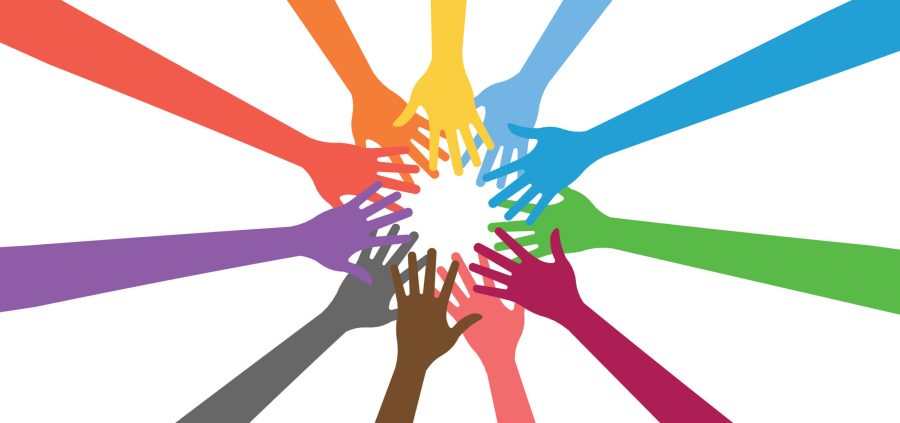Operationalising intersectionality in COVID-19 recovery

Researchers and policymakers have long struggled with how to apply theories of intersectionality. With the pandemic representing a break from political norms, new opportunities to implement this approach demand a clearer understanding of best practices and potential pitfalls
Ashlee Christoffersen
The COVID-19 crisis has both deepened pre-existing inequalities and, alongside social movements, raised awareness of how they are intersecting. This is fundamentally different to additively understanding these inequalities as ‘multiple’: it is the fusion of structures of inequality – including but not limited to structural racism, sexism and ableism – which has created the documented disproportionate health and social outcomes of COVID-19.
Given this raised awareness, and with the crisis context representing a break from political business-as-usual, we are witness to new opportunities to operationalise the Black feminist theory of intersectionality: the understanding that inequality structures shape and are ultimately indivisible from one another.
Yet the question of how to apply this theory is one that many policymakers and practitioners across different fields have long struggled with. ‘Intersectionality’ is also subject to an increasing number of misuses; given a variety of meanings to suit different interests – often ones far removed from its intentions.
In this post, I draw on my research – the first study of how both policymakers and practitioners themselves understand how to operationalise intersectionality – and the work of participants in IPPO’s recent Action on Inequalities event, to suggest ways to take advantage of these new opportunities to apply intersectionality in COVID-19 recovery strategies.
The challenge of intersectionality
Why have researchers, policymakers and practitioners long struggled with how to apply intersectionality? It is largely because the predominant (even hegemonic) approach to inequalities has been to address these separately – in both legislative and policy intervention terms.
Historically, campaigns for legislation offering protection against identity-based discrimination, and for positive duties on the public sector to promote equal opportunities, have tended to be led by the more powerful among marginalised groups – and the results have reflected their experiences and interests. This was the case in the UK in relation to the Sex Discrimination Act, for example, and the dominance of the gender lens on inequalities is also reflected in the international arena.
The first, and most difficult, step to operationalising intersectionality is to unseat the dominance of the unitary gender lens – or any other hierarchy – for understanding health and social inequalities. In an intersectional approach, relevant entry points and target groups are context-specific and based on the empirical evidence of where the greatest intersecting inequalities lie.
However, there are further issues to address. Intersecting inequalities are reflected in research evidence: who is funded to do research, and who that research is about. There is a paucity of evidence concerning particular groups – for example, lesbian, gay, bisexual, trans, queer, intersex (LGBTQI+) people – due to a lack of official data collection, and a dearth of research and evidence concerning intersectionally marginalised groups.
Applying intersectionality therefore involves identifying and rectifying these key gaps in knowledge, drawing on qualitative research and methods as equally important as quantitative data, and taking seriously the research and evidence produced by organisations led by and for marginalised groups.
Applying intersectionality
Beyond creating the required evidence base, my research identified five broad concepts of intersectionality in use in UK policy and practice. Three of these can be considered to be misuses of intersectionality:
- First, generic applications of intersectionality – in which the target group of generalised interventions is ‘everyone’ – may appear attractively cost-effective, but actually serve to uphold and increase inequalities. Given that people have varying ‘starting points’ depending on the intersectional privilege and/or disadvantage that they experience, treating everyone the same reproduces and extends the status quo.
- Second, addressing different inequalities separately but at the same time, in parallel, is a common misunderstanding of how you ‘do intersectionality’ in policymaking. The point is not to do all inequalities at once, but rather to address the ways in which they intersect. Addressing singularly understood inequalities all at the same times serves to make those at the intersections invisible, just as single-issue approaches do, and the fact that outcomes for the most marginalised, even pre-COVID, were often worse now than they were years earlier should be evidence enough that this ‘trickle down’ approach to mitigating inequalities does not work.
- Third, interventions that pre-suppose that one inequality is more important than others (as in the earlier example of gender) are not only unresponsive to changing contexts and evidence, they ultimately centre the interests and experiences of more powerful members of subgroups. When they do address intersectional marginalisation, interventions are limited to possibly well-intentioned but ultimately paternalistic and stigmatising efforts to include the ‘hard to reach’ in services that were never designed for them.
In contrast to these three approaches, two productive applied concepts of intersectionality were identified; these are distinctive yet complementary. While intersectionality is often perceived by policymakers to be prohibitively expensive, when these two applications are employed together, this need not be the case.
In fact, research suggests that (1) addressing the needs and interests of those who are most marginalised, within the context of (2) cross-cutting issues affecting differently marginalised groups, is the most effective way to mitigate inequalities. This is because, if efforts benefit the most marginalised, those who are singularly disadvantaged will also be reached along the way.
Example: applying intersectionality to employment and income
I will end by bringing this together in an example drawn from the IPPO Action on Inequalities event. In its inequalities matrix, developed from taking stock of existing evidence, IPPO identified living standards (encompassing income, earnings, wealth/savings, employment and housing) as a priority area of increased inequality for differently marginalised groups – namely, the (overlapping) groups of deprived communities, those who are disabled and/or have pre-existing conditions, young adults, and ‘smaller marginalised groups’ which includes migrants and LGBTQI+ people.
After selecting an issue that affects differently marginalised groups based on the empirical evidence, applying intersectionality would involve developing interventions to improve living standards, and within these interventions centring the needs and interests of the most marginalised.
On the basis of evidence (and bearing in mind that a lack of evidence is also used as an excuse for inaction), we could imagine this to be a Black, trans, disabled, young, migrant woman – who will almost inevitably also be socioeconomically deprived. With this particular experience at the centre of policymaking, what would be required is a holistic approach taking account of labour market segregation and discrimination therein, participation adjustments, support for labour market entry, and increased employment rights to ensure improved working conditions and an adequate income from this employment – all regardless of migration status. Existing evidence on labour market discrimination and poor mental health for this group would also support consideration of guaranteed income measures.
Intervention design should involve this group’s meaningful participation and that of organisations of and by them – but not necessarily more consultation into need, since community-led organisations have been gathering and submitting this evidence of need (often without seeing any concrete change as a result) for some time.
If generalised policy interventions ensured that this person had adequate income, then that would mean that people who do not experience this extent of intersectional disadvantage would also have it. Applying intersectionality requires this meaningful participation, and ultimately, imagination.
Dr Ashlee Christoffersen is a Research Fellow at the University of Edinburgh, former practitioner in equalities, and independent consultant specialising in the operationalisation of intersectionality in equality research, policy and practice.
